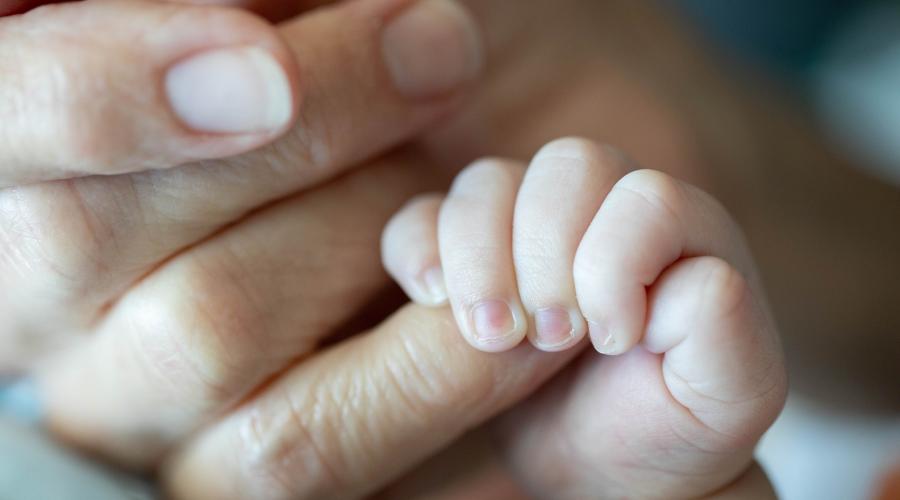
Supporting Families Facing Newborn Brain Injury: New Predictive Tools Offer Clarity
The uncertainty surrounding a child’s future after hypoxic-ischemic encephalopathy (HIE), a brain injury caused by oxygen deprivation at birth, can be incredibly difficult for families.
HIE is a serious condition affecting nearly two out of every 1,000 live births, leaving families to worry about their child’s future development. It is a leading cause of mortality and brain injury in the United States and worldwide, with less than half of affected infants having normal neurodevelopment.
New research led by the Departments of Pediatrics and Neurology at UC San Francisco, published in JAMA Network Open, provides models that accurately predict whether a newborn with HIE will likely not survive to age two or have severe neurodevelopment impairment. These models offer clinicians a valuable tool to predict outcomes and better support families during this challenging time.
Emphasizing Accuracy and Ease of Use
“We sought to create models that could be used to counsel families with certainty about the risk for death or disability at age two,” said Hannah Glass, MD, MAS, first author of the study and a professor of Neurology and Pediatrics at UCSF.
By combining key clinical data from birth with results after cooling therapy (the standard of care for HIE), clinicians can assess the extent of brain injury in the context of the infant’s overall health. One model uses data available within 24 hours of birth, while the other incorporates MRI results after cooling. These simple-to-use models, requiring only readily available patient data, provide accurate predictions shortly after birth without additional tests.
A key strength of the models is that they are excellent at avoiding false positives—predictions for a severe outcome (death or severe neurodevelopment impairment), but the baby goes on to develop normally or with only mild impairment. As incorrect forecasts could cause significant and unnecessary stress on families, the models were designed to be as certain as possible when predicting severe outcomes. When the post-cooling model was validated on external data, less than 2% of predictions for severe outcomes were incorrect.
Implications for Families
This high level of reliability fundamentally changes how clinicians communicate with and support families after an HIE diagnosis, enabling more informed conversations about care planning and future needs so families can make the best decisions for their child.
“These models mirror our clinical practice at UCSF, built on experience and past research findings. Families under our care receive careful communication about how their child will recover from HIE,” said Glass. The research team plans to incorporate machine learning to develop even more sophisticated and accurate predictive models.
The authors emphasize that these models should be used alongside clinical judgment and open communication with families. Centers integrating the models into their care are encouraged to test them on additional datasets to ensure widespread validity.

“In addition, increasing evidence points to the importance of an enriched environment and developmental interventions to help promote optimal neurodevelopment in all at-risk infants,” said Glass, underscoring the potential for positive outcomes in the face of significant challenges. Despite the difficulties HIE presents for families, these predictive models offer a crucial tool for improving support and outcomes for affected children.
Other authors from the UCSF Department of Pediatrics: Adam Numis, MD; Marie-Coralie Cornet, MD, PhD; Fernando Gonzalez, MD; and Yvonne Wu, MD, MPH.
